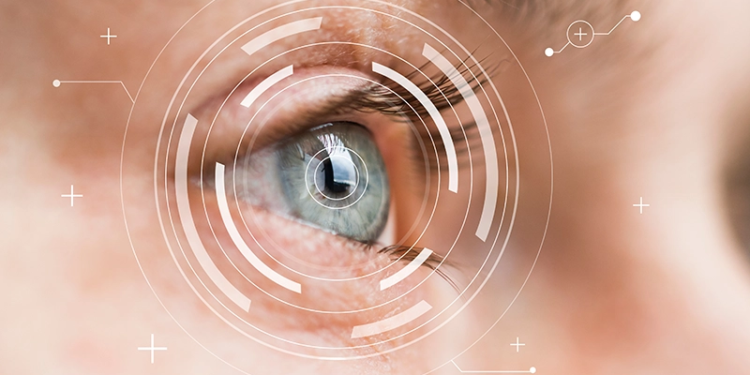
Heating the polymer allowed the e-whiskers to rise and become three-dimensional.
Photograph courtesy of UT Dallas.
Researchers
at the University of Texas at Dallas (UT Dallas) have developed
artificial, electronic whiskers that they believe are a significant step
toward engineering electronic human skin and to providing sensory
information to prosthetic limbs. The work is described in a paper
published in the journal Advanced Materials.
Animals’
whiskers are touch receptors that send information about the animal’s
surroundings to its brain to help it interpret the environment. For
example, seals’ whiskers provide information about the location of fish
by disturbances the fish make in the water. Intrigued by the hairs’
versatility, the researchers used shape-memory polymers to create
artificial, electronic whiskers. Outlines of the e-whiskers were cut
from a flat sheet of shape-memory polymer, which is rigid at room
temperature but becomes flexible when heated. A flexible strain sensor
was patterned on top of each whisker, which had about the same diameter
as a human hair and remained attached to the sheet.
When
researchers blew hot air through the bottom of the cutouts, the material
became soft and bendable, allowing the fingers, the e-whiskers, to rise
and become three-dimensional. Once the e-whiskers were assembled,
disturbances induced changes in the resistance of the strain sensor that
allowed for the precise tracking of each e-whisker position.
“We’ve
created some of the highest density of e-whiskers to date,” said Walter
Voit, PhD, an associate professor of materials science and engineering
and mechanical engineering at UT Dallas and an author of the paper.
“When you have a lot of sensors like this that can be dragged over a
surface, you can then use them to measure many interesting properties.
Our e-whiskers were able to detect force, pressure, proximity,
temperature, stiffness and topography. As they brush up against—or whisk
across—various materials, they mimic the sensing capabilities of human
skin.”
Along with prosthetic devices, the researchers believe the e-whiskers could be used in robotics.
“Many
robots already collect tactile information from their physical
environment. However, traditional sensors lack the complexity and
richness of human touch. With e-whiskers, we can increase the types of
information that can be obtained when grazing a sensor across a
surface,” said Jonathan Reeder, PhD, the lead author of the study who
conducted the research as a doctoral student at UT Dallas.
“Integrating
electronic sensors directly with biology is the most compelling
application but presents a set of tough challenges,” said Reeder, who is
now a postdoctoral researcher at Northwestern University. “Namely, how
to translate electronic signals generated by the sensor into the
‘language’ of the nervous system, and how to form a stable mechanical
and electrical coupling between the flexible electronic and the soft
tissue.”
This story was adapted from materials provided by UT Dallas.




